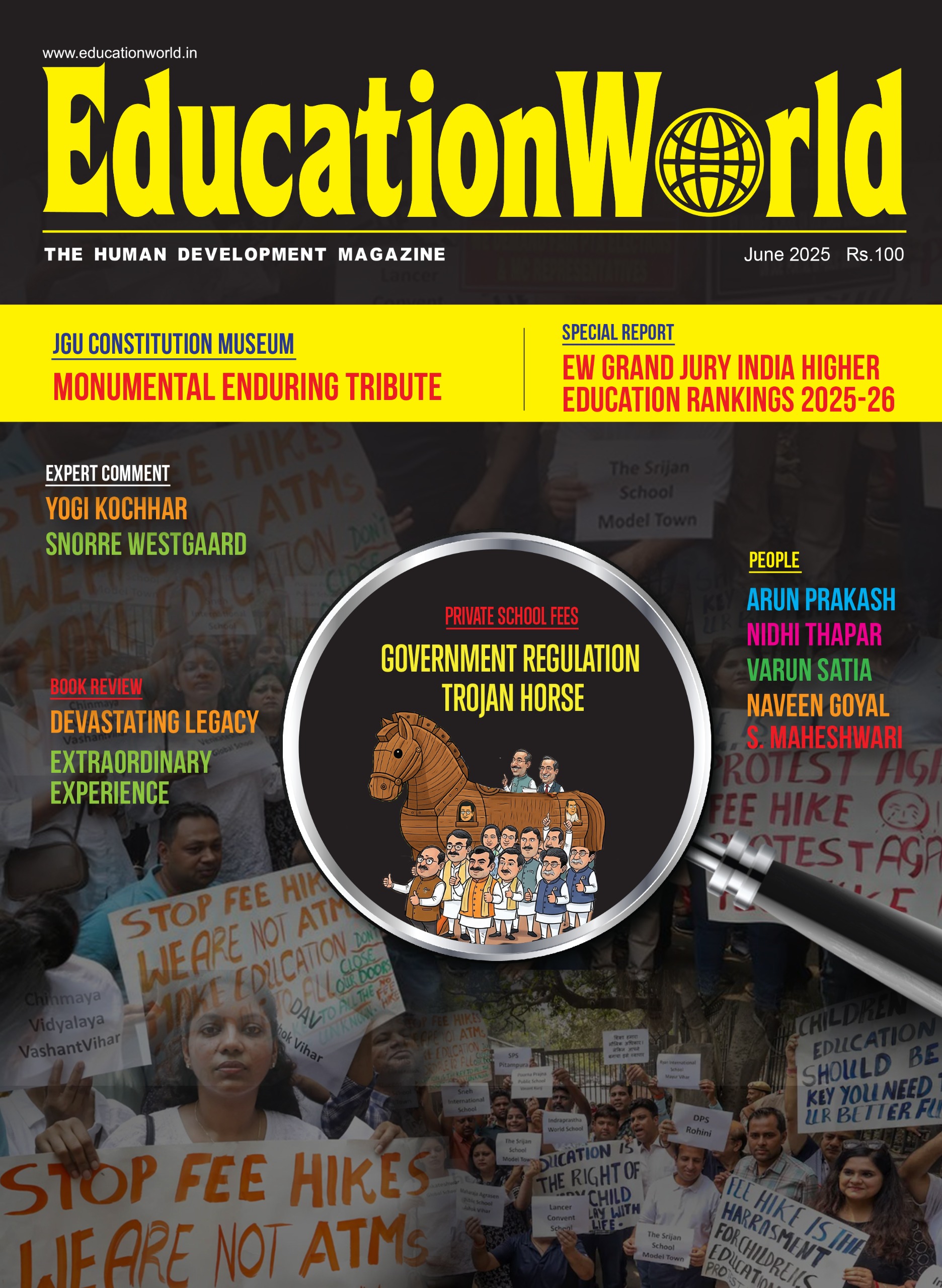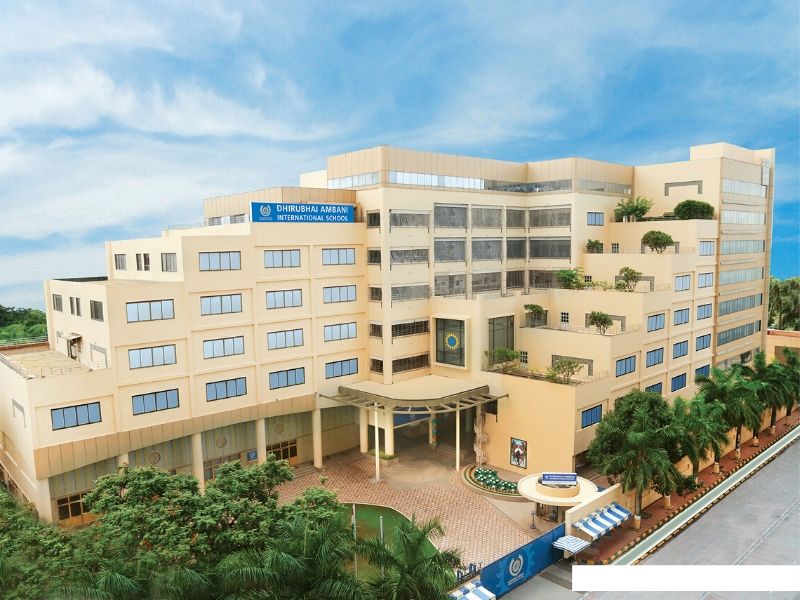A recent report shows that US students knowledge of other nations is “weak and increasingly dangerous” and urges more international educational and foreign-language requirements in lower grades and in higher education. The study, States Prepare for the Global Age, says US students “lack sufficient knowledge about other world regions, languages, and cultures and are in danger of being educationally and economically handicapped in an increasingly interconnected global economy”.
This is despite a record high in the number of US students studying abroad, up almost 10 percent over the past year, according to a report from the Institute of International Education (IIE).
Just short of 200,000 Amercians study abroad, up about 20 percent over the past five years. The rise reflects US universities growing awareness that “increasing the global competence among the next generation is a national priority and an academic responsibility,” says Allan E. Goodman, the institute’s president.
Yet schools and universities are doing little to meet the resulting demand for Asian language speakers, particularly Chinese, according to the IIE report, which precedes a national conference in Washington to tackle the gap between the growing importance of the world in general and Asia in particular, and students limited knowledge of the issue. Organisers are to propose that 5 percent of all US students learn Chinese which is currently studied by fewer than 40,000. The conference will involve policy makers, business leaders and educators.
Russia
School leaving exam compromise
Russian universities will keep their own system of entrance exams when the country introduces its long-delayed unified state exam, a nationwide scheme similar to ‘A’ levels. Years of lobbying by rectors of top universities to halt a common school-leaving / university entrance exam seems to have paid off after the education ministry announced a much modified new parliamentary Bill last October.
Measures allowing universities to have flexible entrance requirements replaced earlier plans to scrap college tests in favour of the new exam which Viktor Sadovichny of Moscow State University calls “tick-box testing”. A Bill to introduce the exam across Russia by 2008 was agreed after a series of meetings between Andrei Fursenko, the education minister and groups that included members of the Russian Union of Rectors, education officials and pedagogical experts.
The Bill — which is likely to become law within two years — will allow universities to accept students based on an assessment of their unified state exam results, scores in regional and national subject ‘olympiads’ (public competitions that test the knowledge of Russia’s top students) and their own entrance exams.
“We cannot call this a complete victory because they are not leaving university entrance exams entirely alone,” says Evgenia Zaitseva, a spokesperson for Prof. Sadovichny, “but this is what the rector has been fighting for.”
Alexander Kachanov, a spokesman for the education ministry says the unified state exam will be rolled out nationwide by 2008. Universities will have to accept the results of the new exam but could demand supplementary tests if a student fell short of an institution’s benchmark.
Italy
Follina’s rainbow classrooms
Rachad arrived from morocco two years ago. He supports Milan (“of course”) and wants to be an electrician, like his father. Manpreet is a Punjabi Sikh, who followed her lorry-driver father here five years ago. Her ambition is rather different — she wants to become president of India. Adama, from Senegal, is the shyest. At 11, he is the youngest in the group, and he has got a baby sister at home to think about. He likes looking after her, he says.
The three are all pupils at the Istituto Comprensivo Fogazzaro in Follina, a combined primary and middle school in north-east Italy. It is one of the most multi-ethnic schools in the country (“if not themost” says headteacher Gianni Busolini). More than a quarter of its pupils are foreign and they come from 23 countries.
There are now 420,000 immigrants in Italian schools, a 20 percent rise since last year. The number may still be small — 4 percent of the total school population — compared with other countries in Europe, but it is growing rapidly, bringing new problems and challenges for teachers.
But there are two striking differences from immigration patterns in countries like Britain and France, historically linked to specific countries by a colonial past. The first is the range of countries of origin: Albania, the former Yugoslavia, Ukraine, Romania, North Africa, Senegal, Nigeria, China and South America. The second is the kind of place families end up in, like Follina.
Big towns such as Rome, Milan and Genoa have their fair share of third world immigrants. But work is often easier to find in semi-rural areas, where a sudden growth in light industry and family-run businesses provided the driving force behind the economic boom of the 1970s. Follina, a pretty village of 3,000 inhabitants in the foothills of the Dolomites, is known for its 14th-century abbey, and a history in the wool trade. Today there are furniture factories and a textile industry (this is Benetton country) where there still are jobs for people moving in. Housing is relatively easy to find.
When it comes to community relations, the school is in the frontline. “On the whole, we’ve only had small problems,” says Busolini. “I can count the number of local parents who have withdrawn children to send them to private schools on one hand.”
Language is the main problem, since success at school depends on knowing Italian. “This is a sore point,” says Busolini, “since up to a quarter of foreign children have to repeat the year, often because of language problems, whereas the percentage is much smaller for Italian children.”
But he insists that inclusion into mainstream education is right. “I’m a great believer in the constitution, which says that everyone is equal and has equal dignity,” he says.
Uganda
Hard times in African Harvard
Their central dormitory is named after a charismatic Congolese leader who was assassinated in 1961. Their university has educated generations of prominent Africans, including the current presidents of Kenya and Tanzania. But conditions today at Makerere University, once known as the Harvard of Africa, are an embarrassment. Classes are crowded, dorms have only intermittent running water, scholarship funds are depleted and there are long waits for online computers.
“It’s pathetic,” says David Mukibi, a law student who lives in Patrice Lumumba Hall, which was built to house 3,500 students but now holds twice that number. “Our dorm is stinking. There are students sharing beds, bathrooms flooding. It’s so congested here. But what other choice do we have?”
As Africa grows increasingly urbanised, more young people are leaving rural life, finishing high school and flocking to universities. But they often find overcrowded, financially struggling colleges where professors strike over wages and students riot over cancelled scholarships.
Sometimes campus frustrations result in serious violence. In Kenya hundreds of students recently blocked streets near the University of Nairobi and threw stones at passing cars after the power was cut during exams. And business students at Makerere went on strike, wielding branches and accosting their principal, Wasswa Balunywa, to protest against fees for healthcare and computers.
Some relief arrived last October when the UN secretary general, Kofi Annan, and six US foundations pledged $200 million (Rs.900 crore) over the next five years to strengthen higher education in Kenya, Uganda, Nigeria, Ghana, Mozambique, South Africa and Tanzania. Of this about $5 million (Rs.22.5 crore) will be used to pay for internet connections using a high-speed global satellite. Both students and professors say they wish more funds would be used to prepare the next generation of Africans for public service and private enterprise. “The message many young Africans want to give the West is: Please stop building us bore-holes and roads,” says Andrew Mwenda, a political analyst in Uganda. “Funding our schools is the best thing that can be done for Africa.”
According to the administration, enrollment at Makerere has soared from 5,042 in 1984 to more than 40,000. Some of its programmes are still seen as the best in Africa, such as the Master’s degree in public health to combat Aids. That programme has been supported since 2000 by the John D and Catherine T. MacArthur Foundation. But many other departments, such as computer science and the business school, need to be modernised and expanded.
Africa
Medium of instruction debate revival
What became clear as the 7th Language and Development Conference held in Addis Ababa last October moved from being a “conference” to a forum for argument and critical analysis, was that a debate on the links between language and development is well overdue. A better understanding of the impact of language as a medium of instruction on development is a high priority for government, policy makers, communities, teachers and many others.
The concern raised by education consultant John Clegg, that language policies which promote the use of a non-mother-tongue or a second language (often English) as the medium of instruction could be working against education attainment in Africa, came as a surprise to some. The argument that policies promoting second-language-medium education could be constraining learning is a challenge to parents and policy makers who believe that children who start learning in the global language of English as early as possible, are inevitably advantaged nationally and globally over those who stay longer with their mother tongue.
Clegg’s question about whether African learners get a fair deal in schools where English-medium policies operate, and evidence that language policies driven often by the best intentions may be having a very different effect, caused quite a stir. He also argued that learners who do not have good foundations in their mother tongue are disadvantaged if taught in a second language and this situation is compounded when teachers using the second language themselves lack confidence in that language.
One sensible way forward, as Clegg advocates, is to establish African pilots of bilingual education to explore the available forms, their affordability and their acceptability to parents and planners.
The use of language as a tool for national development in Africa drew on work presented by Prof. Herman Batibo, a Tanzanian linguist. He argued that false starts made in adopting majority languages or global languages in some countries have meant that the rich African resource of languages has been allowed to languish. He advocated an approach to national language policy that recognises the cultural and economic value of many languages and policies, setting specific national roles for global languages, national languages and regional and community languages.
Comments Prof. Ayo Bamgbose of Nigeria, one of the leading thinkers on language and development: “For meaningful development to take place emphasis needs to be placed on education and mass participation in economic processes. If the majority of the population is to be reached, the country’s indigenous languages need to be used for learning and teaching and in many other domains. While a global language such as English is a useful tool for development, community development programmes cannot be successfully implemented unless they are presented in a language that people understand well.”
(Compiled from The Guardian, Times Educational Supplement and The Times Higher Education Supplement)























